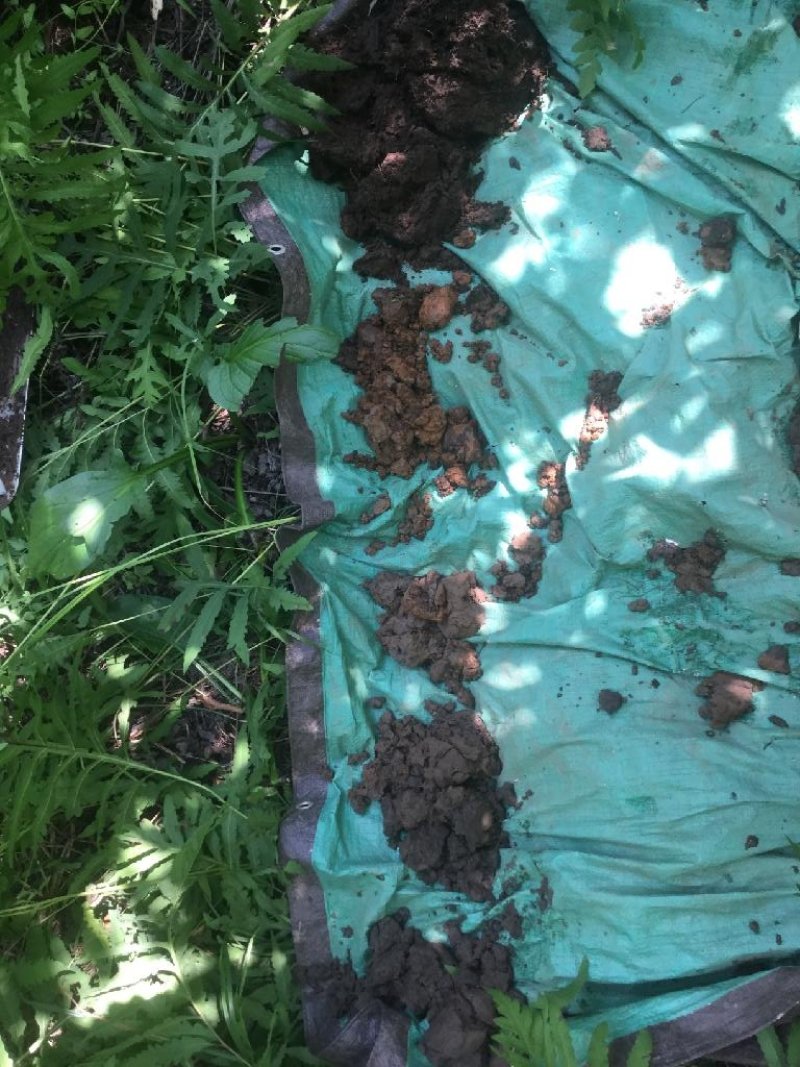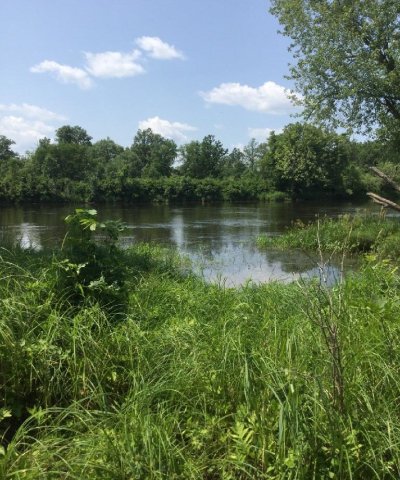
Natural Resources
Conservation Service
Ecological site F091XY003WI
Floodplain
Last updated: 9/27/2023
Accessed: 12/19/2025
General information
Provisional. A provisional ecological site description has undergone quality control and quality assurance review. It contains a working state and transition model and enough information to identify the ecological site.
MLRA notes
Major Land Resource Area (MLRA): 091X–Wisconsin and Minnesota Sandy Outwash
The Wisconsin and Minnesota Sandy Outwash MLRA is the most extensive glacial outwash system in the northern half of Wisconsin. The total land area of the Wisconsin portion is just under 1.4 million acres (2,170 sq miles). The northern half is a former spillway for Glacial Lake Duluth. The flowing meltwater from the draining lake has left behind thick deposits of drift and carved a terraced river valley now occupied by the St. Croix and Bois Brule Rivers.
The northeastern section – the Bayfield hills – is a collapsed outwash plain where drift deposits are thick. Lacustrine materials from Glacial Lake Duluth line the northeastern tip. Moving southwest, the landscape transitions into a large pitted outwash plain. This is an area of extensive kettle holes, and, where the underlying till is less permeable, kettle lakes with some interspersed morainic hills and ridges. The glacial drift deposits are thinner in the southwestern section, although there is still no documented surface bedrock within this MLRA.
The St. Croix and Bois Brule rivers share a channel that lines much of the northwestern border of this MLRA. In some places, the underlying reddish-brown sandy loam till of the Copper Falls Formation is exposed along cut riverbanks, though most of it is covered by a mantle of outwash. Glacial lakes deposited pockets of fine-textured lacustrine materials, most of which were washed away or buried by glacial outwash and meltwater flowing through the channel. East of the channel, some of the silty and clayey lakebed deposits are found near the surface, where they impede drainage and contribute to the formation of extensive wetlands.
Historically, the area supported extensive jack pine (Pinus banksiana), scrub, and oak forests and barrens. The northern portion also supported stands of red pine (Pinus resinosa) and eastern white pine (Pinus strobus) as well. Marsh and sedge meadow, wet prairies, and lowland shrubs dominated the extensive wetland complexes in the southern tip of this MLRA (Finley, R., 1976).
Classification relationships
Relationship to Established Framework and Classification Systems:
Biophysical Settings (Landfire, 2014): This ES is largely mapped as Laurentian-Acadian Northern Hardwoods Forest, Laurentian-Acadian Northern Pine Forest, Laurentian Pine Barrens, Boreal Aspen-Birch Forest, Eastern Boreal Floodplain Shrubland, and Laurentian Oak Barrens
Wetland Forest Habitat Type Classification System for N. Wisconsin (Kotar and Burger, 2017) and Habitat Types of N. Wisconsin (Kotar, 2002): The sites of this ES keyed out to three habitat types: Fraxinus nigra-Onoclea (FnOn); Fraxinus nigra-Abies balsamea-Impatiens (FnAbI); Acer rubrum/Vaccinium-Rubus pubescens (ArVRp)
WDNR Natural Communities (WDNR, 2015): This ES is most similar to the Floodplain Forest community.
Hierarchical Framework Relationships:
Major Land Resource Area (MLRA): Wisconsin and Minnesota Sandy Outwash (91X)
USFS Subregions: Bayfield Sand Plains (212Ka)
Small sections occur in the Mille Lacs Uplands (212Kb) subregion
Wisconsin DNR Ecological Landscapes: Northwest Lowlands, Northwest Sands
Ecological site concept
The Floodplains ecological site is located throughout MLRA 91X in depressions and flats on floodplains along rivers and streams. These sites are characterized by deep to very deep, poorly to very poorly drained soils that formed in sandy or silty alluvium, primarily along the Saint Croix, Namekagon, Clam, Wood, Trade, Totagatic, and Eau Claire rivers. Some sites are underlain by dense till, clayey lacustrine, or bedrock. Most sites are subject to frequent flooding, and others are subject to ponding during the spring and fall. Stream inflow is the primary source of water but precipitation, runoff from adjacent uplands, and groundwater discharge may also contribute significantly. Some soils remain saturated for long periods in the growing season and meet hydric soil requirements. Soils range from strongly acid to neutral.
Vegetation largely reflects the history of flooding and ponding. Silver maple (Acer sacharinum) and black ash (Fraxinus nigra), with understory presence of speckled or tag - alder (Alnus incana or A. rugosa) represent communities that developed following relatively recent ponding periods. Ground-vegetation includes sedges and grasses (Graminae) as well as other high moisture requiring herbs such as sensitive fern (Onoclea sensibilis) and jewel weed, or touch-me-not (Impatiens capensis). Communities that have not been impacted by prolonged ponding for a long time, often include the more typically upland species such as basswood (Tilia americana), yellow birch (Betula alleghaniensis), ironwood (Ostrya virginiana) and some times even sugar maple (Acer saccharum). Understory vegetation is characterized by various species of currants (Ribes spp.), wood nettle (Laportea Canadensis), stinging nettle (Urtica dioica) and large-leaved aster (Eurybia macrophylla), as well as many other, sporadically-occurring upland species.
This ecological site is differentiated from all others by its position on floodplain landforms along streams and rivers. The vegetative communities they support must be tolerant of frequent flooding that may persist for a month. The Terraces ecological site is similar, but it occurs on stream and strath terraces higher on the landscape and farther from the river, where flooding is less frequent.
Table 1. Dominant plant species
| Tree |
(1) Acer saccharinum |
|---|---|
| Shrub |
(1) Alnus incana ssp. rugosa |
| Herbaceous |
(1) Ribes |
Click on box and path labels to scroll to the respective text.
Ecosystem states
State 1 submodel, plant communities
| 1.1A | - | Prolonged ponding, or fresh sediment deposition. |
|---|---|---|
| 1.2A | - | Very long period without prolonged ponding. |


